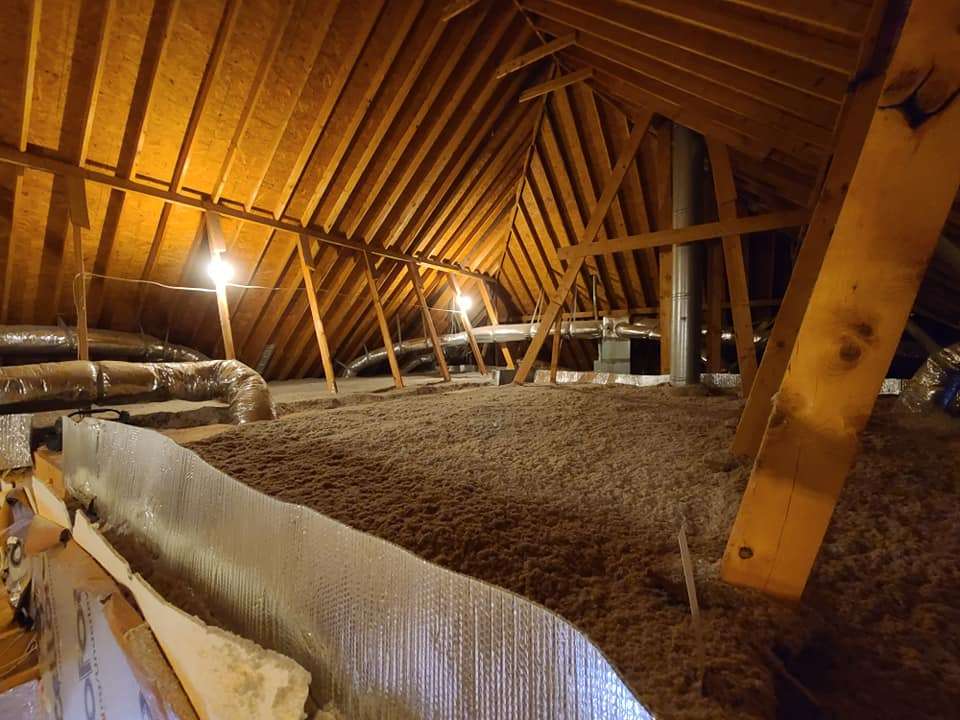A cheaper way to add living space to your home.
Full home additions can easily cost over $75,000, so if you’re looking to add more space to your home without breaking the bank, consider attic conversions to add more comfortable living space to your home.
Attic conversion is one of the best ways to create more livable space in your home without spending an arm and a leg, and many attics are just sitting as wasted space.
However, there are several factors that need to be considered before you start converting to a finished attic. They include:
1. Size and usability of the attic space.
2. The building materials and climate control options.
3. The functionality of the space such as determining what you will use the space for such as a reading room, arts and crafts room, bedroom, storage room, bathroom, or playroom.
Utilizing a local engineer to assess your house’s foundation and frame can ensure that your house can hold the extra weight that a finished attic will bring with it (to calculate your floor’s strength, click here.
Regulations for Attic Conversions
There are regulations when it comes to attic conversions, which are mainly due to the risk of fire from sparks in electric arcing reported to the National Fire Incident Reporting System (NFIRS): “from 2006 to 2008, close to 10,000 residential attic fires occurred resulting in nearly half a billion dollars worth of damage.”
However, if you can clear these regulations, converting your attic is a great budget-friendly option to adding living space to your home.
Code usually dictates that at least 50% of a finished attic needs to be at least seven feet high, and the area must be at least seven feet wide and at least 70 square feet.
You also must have access to the attic with a staircase, and an alternative exit in case of emergency,
Soundproofing Your Attic
Some things you can do to make your attic more comfortable include adding a noise-reducing insulation such as cellulose. Cellulose insulation is a great option for an eco-friendly, noise-reducing material that can also be used in post-construction partition walls easily and more cheaply than other material options.
Watch this video to see the sound-reducing qualities of different types of insulation: Cellulose vs Fiberglass Sound Proofing Demonstration.
There are extra considerations to help make your attic a comfortable and livable place to be.
These include: making the attic its own climate zone by adding a separate thermostat, adding a ceiling fan to help make the temperatures more comfortable, using recessed LED lighting to avoid emitting excess heat, and using heavier and more dense floor joists.
If attic conversion interests you, contact us today to see learn about the first step in attic conversion: insulation.

















.svg)
.svg)
.svg)
.svg)
.svg)
.svg)
.svg)
.svg)
.svg)
.svg)
.svg)
.svg)
.svg)
.svg)

.svg)
.svg)
.svg)
.svg)
.svg)
.svg)













